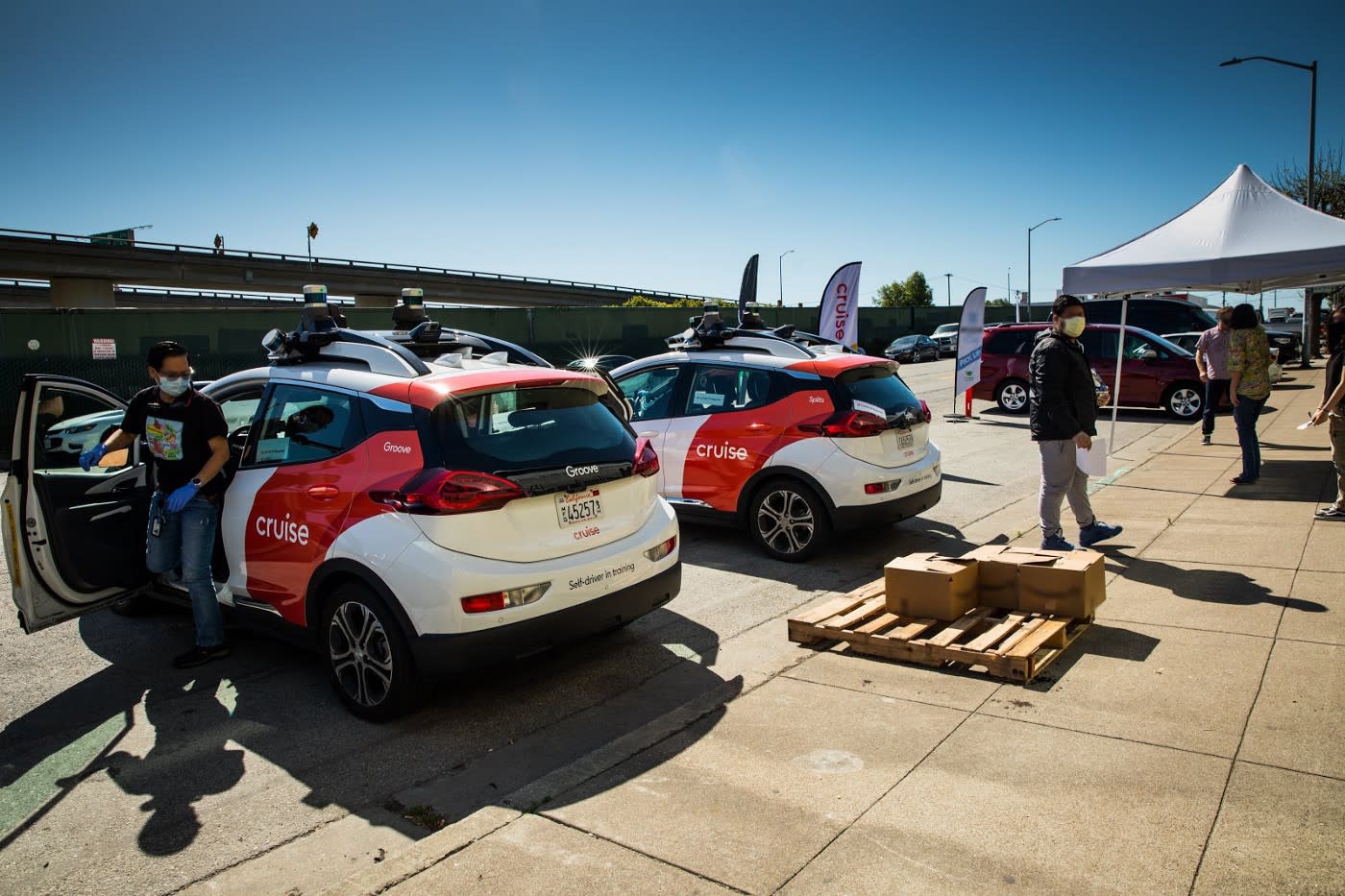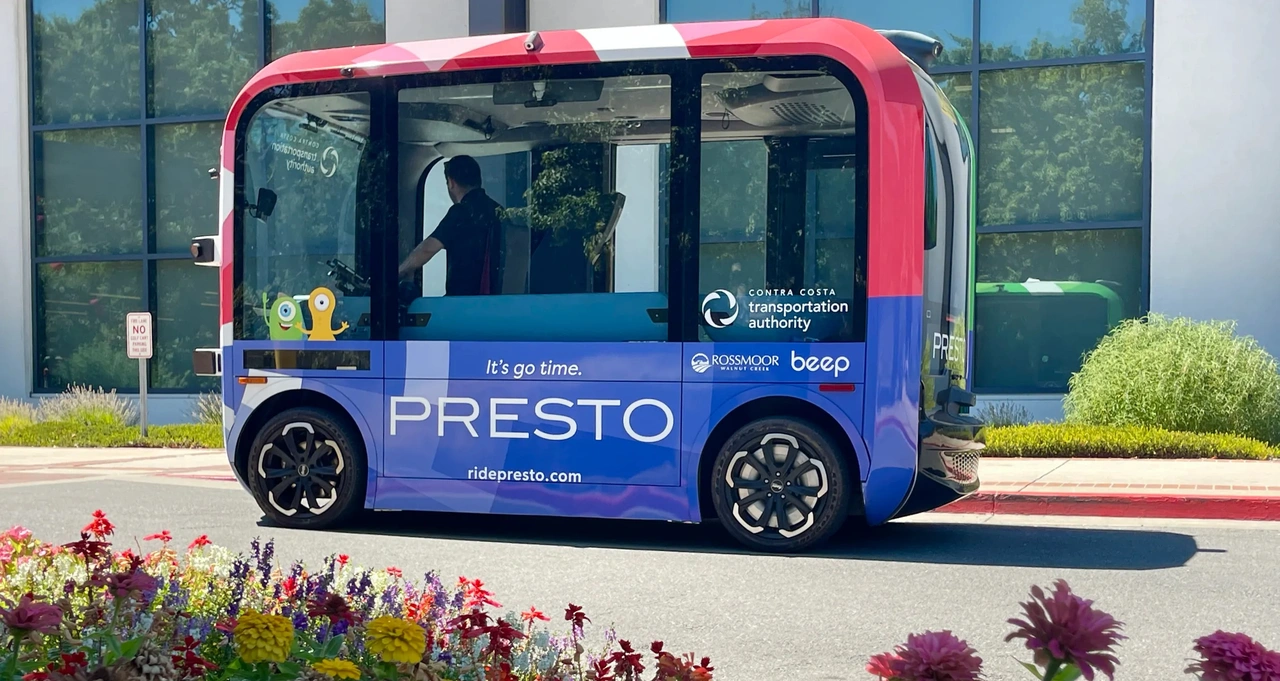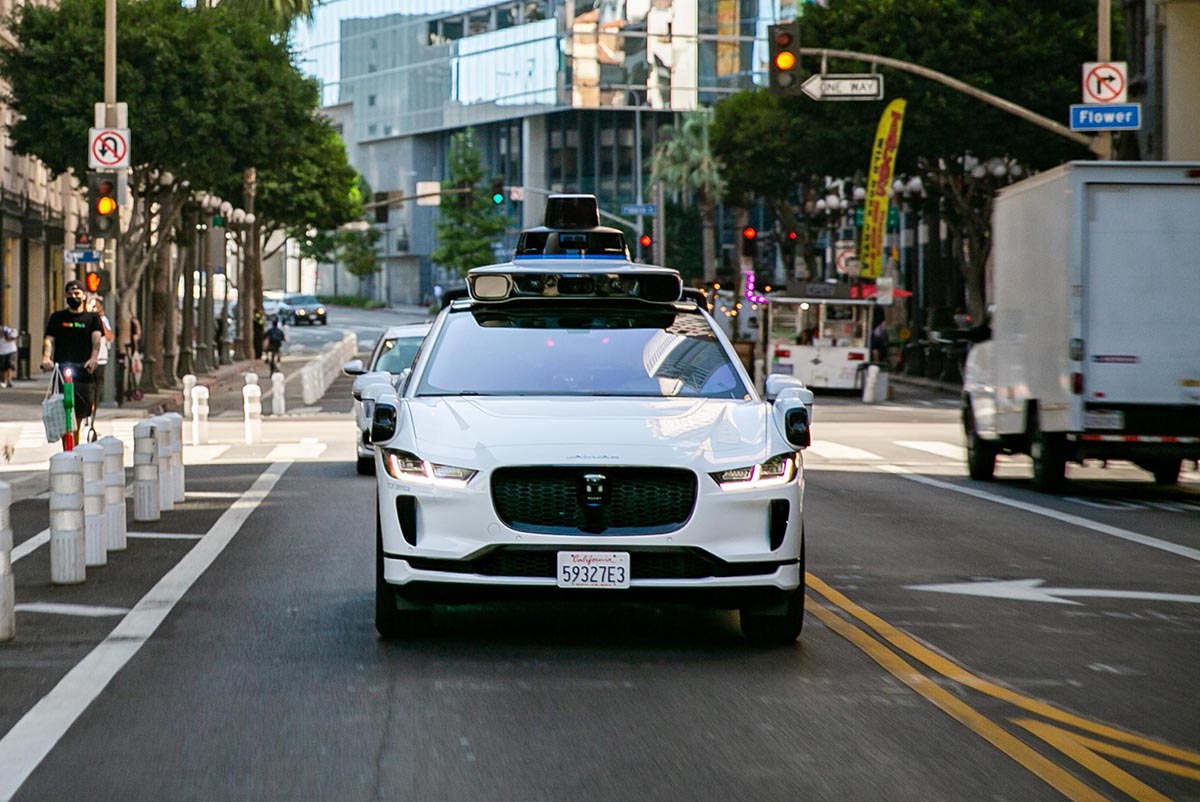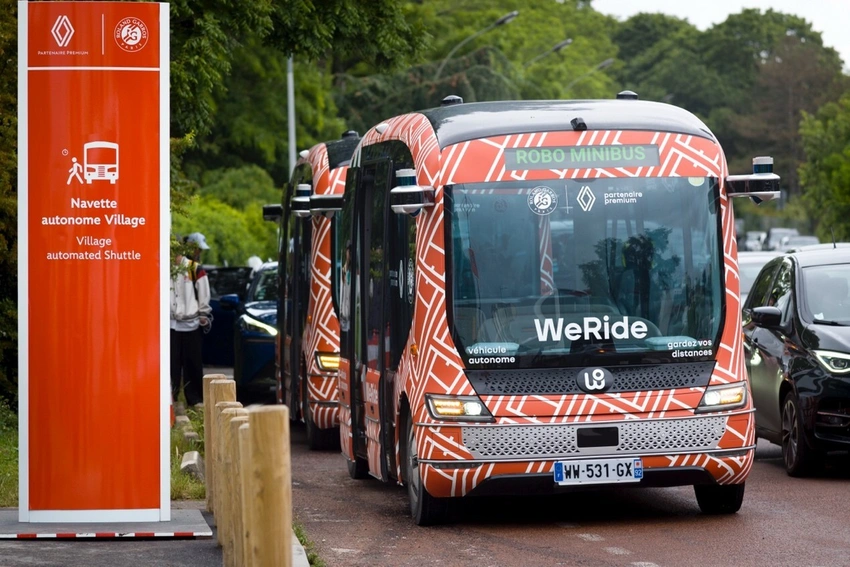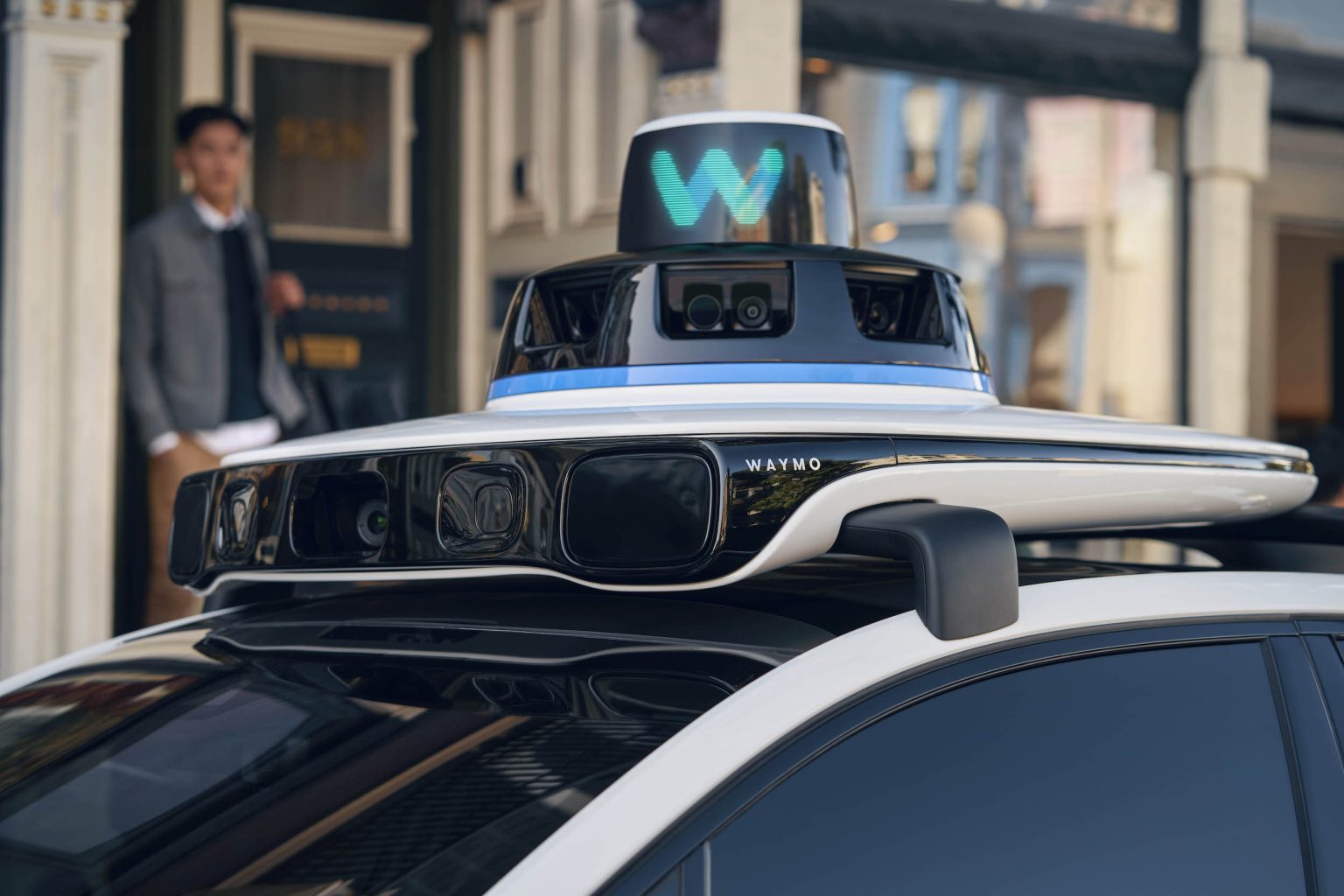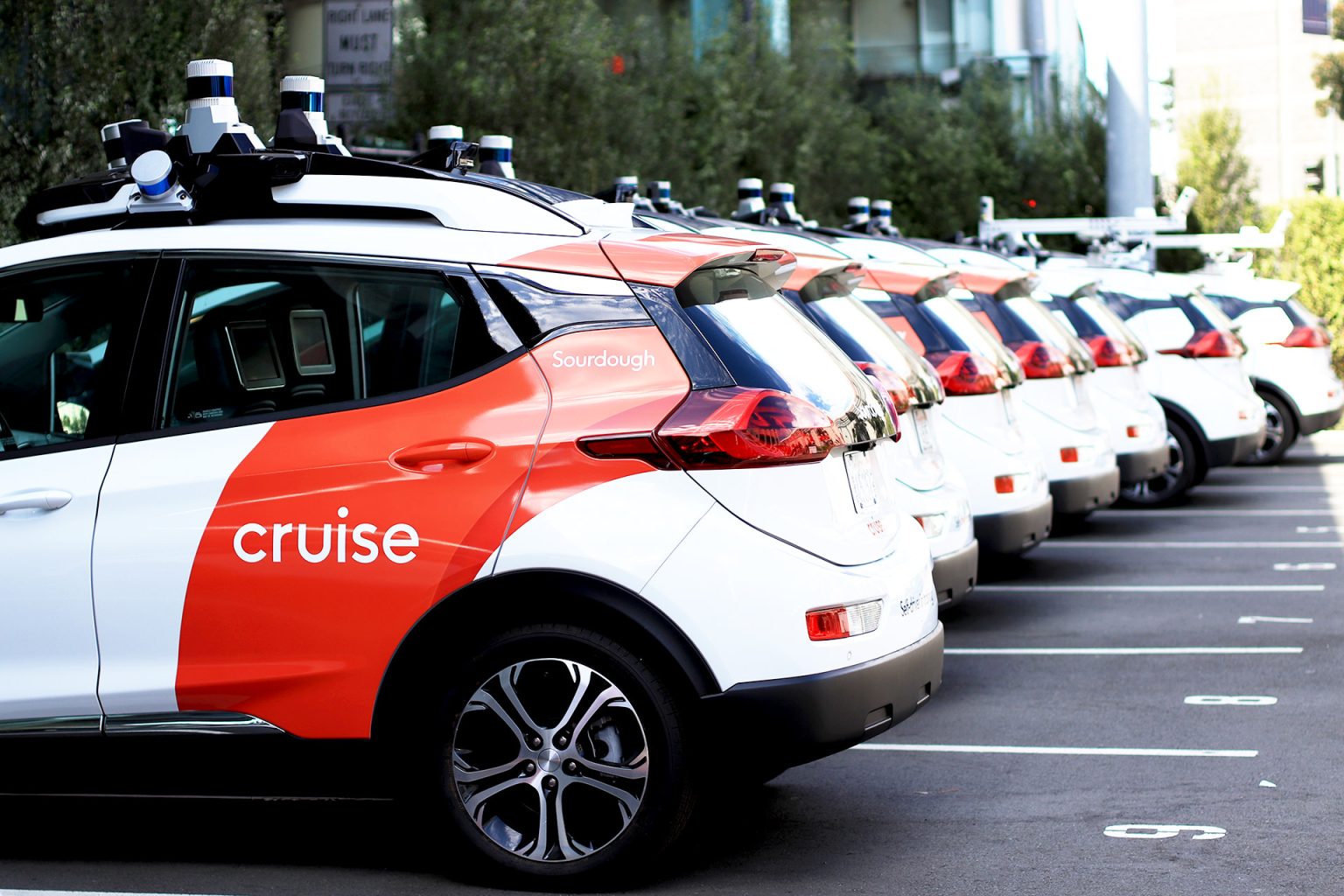General Motors’ self-driving subsidiary, Cruise, is working towards relaunching its driverless taxi services following an accident last October. The company has since implemented significant changes to enhance safety and restore its operations.
During the Automated Road Transportation Symposium last week, Cruise Chief Safety Officer Steve Kenner discussed the company’s renewed focus on safety with Automotive News, emphasizing a commitment to making its software perform like a “role model driver.”
GM’s Cruise Aims to Re-launch Driverless Ride-Hailing After Pedestrian Accident
“We’re holding ourselves to a bar of ‘role model driver,’ and not just a ‘better-than-average driver,’ ” Kenner said.
Kenner, who joined Cruise in February after a career in automotive safety roles at Ford, Chrysler, GM, and Apple, highlighted the evolution within the company since last fall. “Cruise is a different company today than it was last fall,” he added.
The accident in October involved a Cruise robotaxi in San Francisco that dragged and pinned a pedestrian who had been struck by another vehicle driven by a human. The incident led to Cruise losing its permit to operate driverless vehicles, with the California Department of Motor Vehicles (DMV) accusing the company of “misrepresented” and “omitted” crucial information regarding the case.
GM’s Cruise Names Former Xbox Engineer as New CEO Amid Regulatory Challenges
Following the accident, Cruise experienced significant leadership changes, including the resignation of its two founders and several other executives. Additionally, the company underwent layoffs affecting about a quarter of its workforce in December. In June, the California Public Utilities Commission (CPUC) imposed a maximum penalty of $112,500 on Cruise for delayed reporting of the incident’s details.
In response to these challenges, General Motors announced in February that it would halve its spending on Cruise this year. The company has since hired new executives, committed to greater transparency, and emphasized a stronger culture of safety. Currently, Cruise is not generating revenue as it has suspended paid rides following the accident.
Despite these setbacks, recent reports indicate that Cruise aims to restart driverless ride-hailing operations by the end of this year. The company has also resumed testing driver-operated vehicles in Arizona and Texas.
California Regulator Fines GM’s Cruise for Delayed Accident Disclosure

